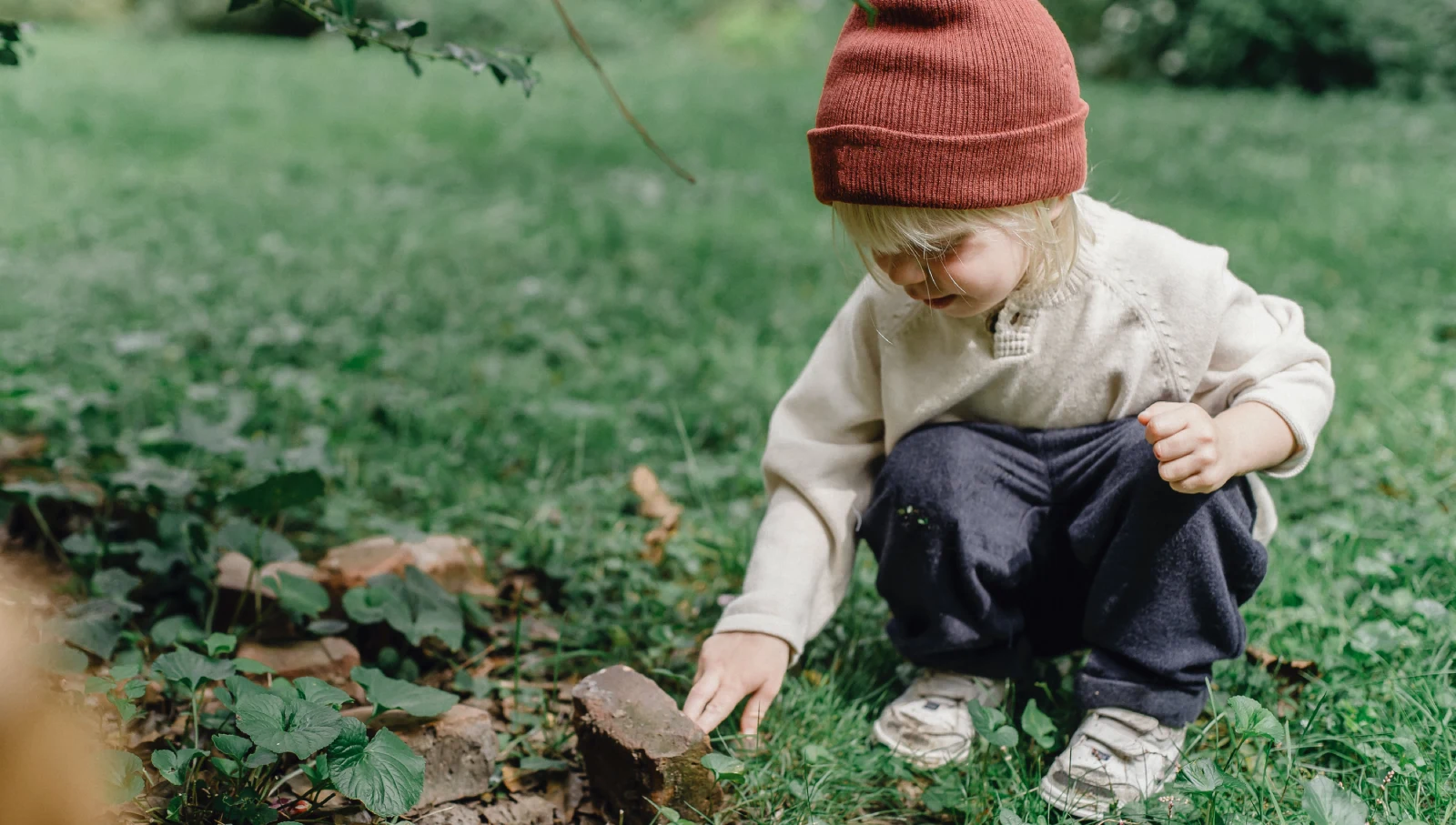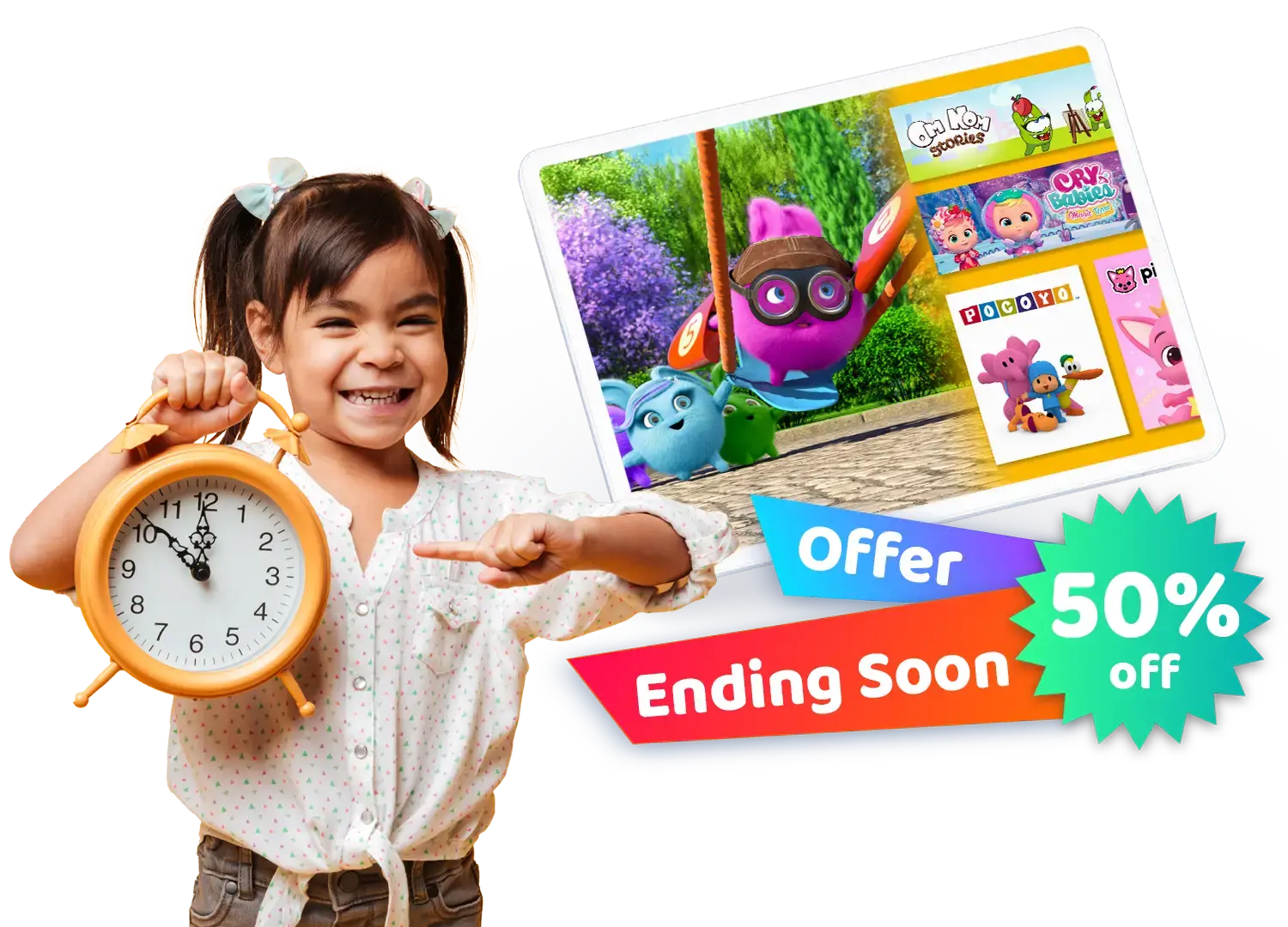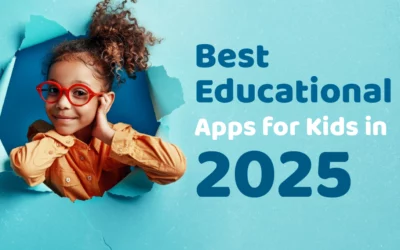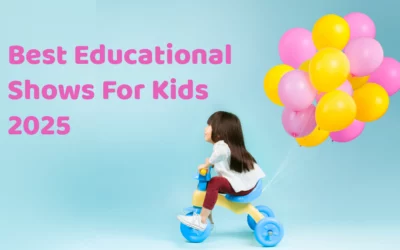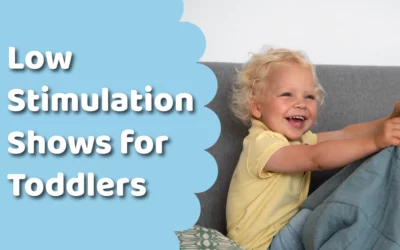Sustainability for kids isn’t just about facts and figures; it’s about sparking curiosity and nurturing a lifelong love for our planet.
We can make sustainability an exciting journey for our little ones. Through playful activities, hands-on experiences, and a whole lot of giggles, we can help them understand the importance of environmental stewardship and empower them to become changemakers for a greener future.
So in this article, we’ve gathered five practical ways to teach kids about sustainability.
Sustainability for Kids: From Small Steps to a Brighter Future
We understand that as busy parents with so many plates, moving toward a sustainable lifestyle can seem like a daunting task. Many parents shy away from teaching their children about sustainability, not because they don’t think it’s important, but because they don’t know where to start.
The thing is, a sustainable lifestyle doesn’t happen overnight, and little things add up. Whether you change one thing weekly, daily or monthly, know that the small changes make a difference.
The same approach can be used when it comes to sustainability for children. Sure, we all want to leave our little ones a better world and a healthy planet, and we want them to understand the importance of taking care of it.
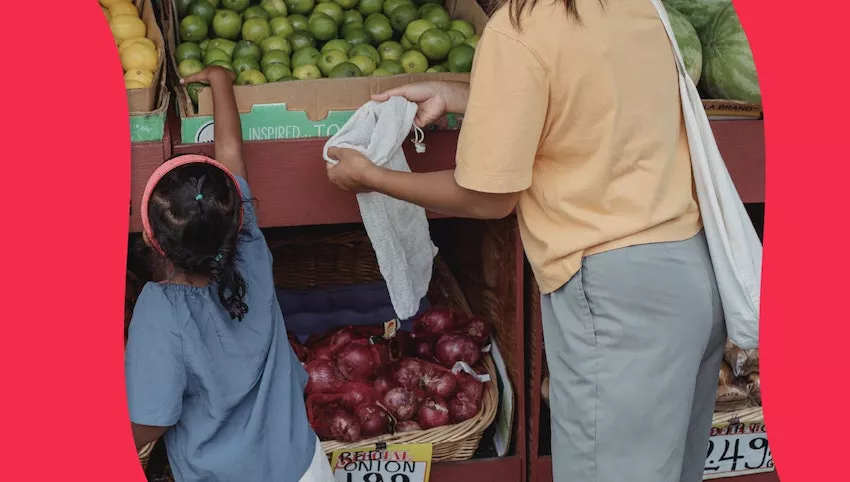
Growing Eco-Conscious Future Leaders
There is no doubt that our children will grow up and make their own decisions independently of us. They may grow up to be educators or even important politicians. The habits we teach them today will influence their future life choices. If we can build sustainability into our children’s daily lives, they are more likely to grow up and make healthier life choices.
Let’s not overlook the fact that by teaching our children to take responsibility for their environment and their world, we are also teaching them to take responsibility for themselves and their own actions.
Going green doesn’t have to be overwhelming for you or your kids, so we’ve put together five practical ways to teach your little ones about sustainability that we’ve tried and tested ourselves. All infused with fun and interactivity to engage their little minds and inspire them to become environmental heroes!
Get ready to explore the wonders of nature, discover the magic of recycling, and cultivate a love of gardening, all while developing a deep appreciation for our planet and its delicate balance.
Activities to help teaching kids about sustainability
1. Get outside to go green
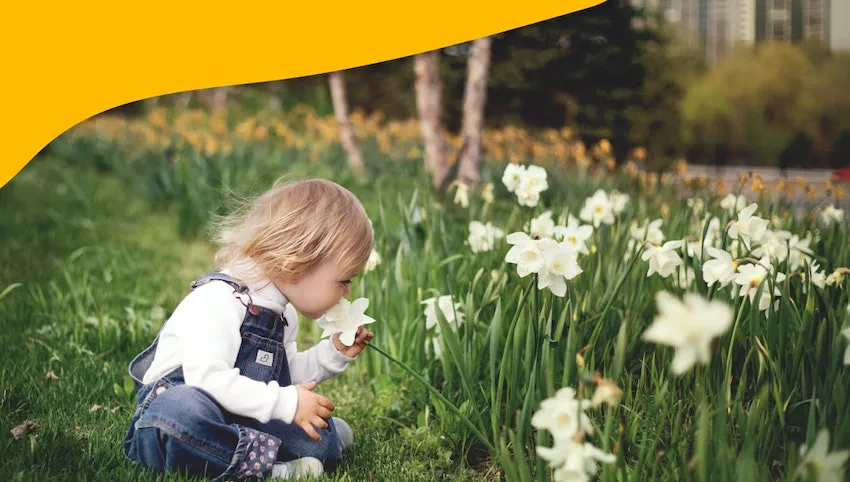
This is by far the easiest way we’ve found to teach our children respect for nature and their environment. Getting outdoors and connecting with nature is one of the best ways to teach children about sustainability.
Observe the trees
Take a look at the surroundings. Start with the trees. Explaining to children that trees are the lungs of the earth gives them a sense of awe for forests and trails. These giant, beautiful plants do so much more than provide us with a beautiful environment. Most importantly, they help keep us and the entire planet alive.
Observe the sunlight dancing through the leaves of trees, transforming the forest floor into a mosaic of dappled light and shadow. Explain how this natural phenomenon helps regulate temperature and provides shelter for various plant and animal species.
Observe how plants and animals are interconnected
In a meadow, you can show how life is interconnected. Plants provide sustenance for insects, which become food for birds and other creatures. All living beings rely on each other for survival, forming a harmonious web of life that sustains our planet.
Observe water courses
Engage your children in discussions about water conservation and its crucial role in sustaining life. You can witness this while observing a cascading waterfall or a tranquil stream. Explain how we can minimize our water usage at home, reuse water from various activities, and protect our precious water resources.
Be mindful of nature
Observing nature in the field can help us understand it better and foster a deep appreciation for the delicate balance that sustains our planet. This is especially important for children.
2. Recycling with kids. And reuse. And reduce. The three R’s.
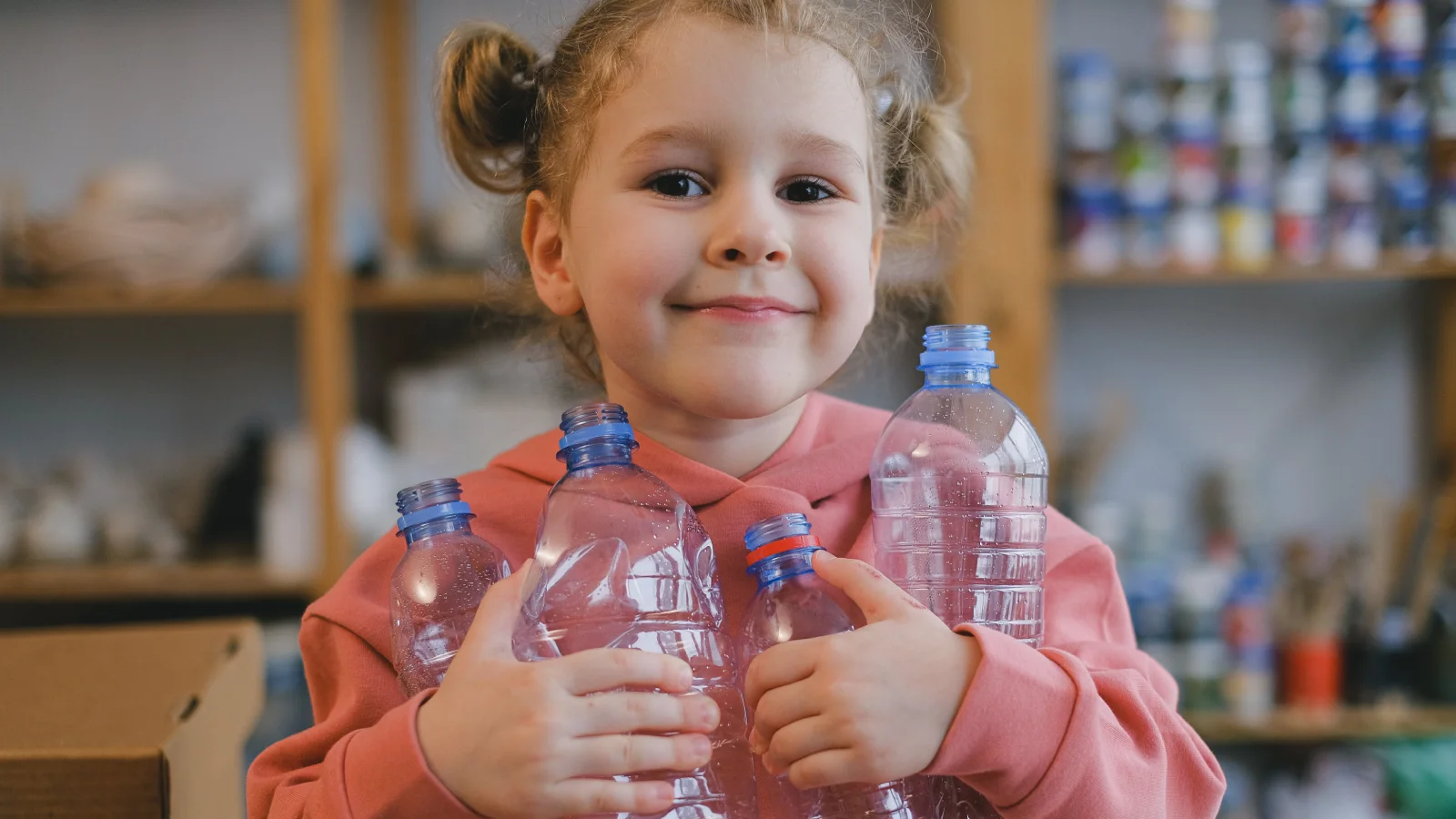
Reduce, reuse and recycle. Many parents still struggle with this, but it doesn’t have to be a challenge.
In some communities, the three R’s are already mandatory, so it’s only a matter of time before they become the norm around the world.
Recycling with toddlers and preschoolers
One simple way is to go out and buy an indoor recycling bin that comes divided into sections to make recycling easy.
We’ve found that a wonderful way to help kids identify which trash goes in which section is to draw or paint pictures for each area. Once stuck on, they provide a visual representation that even toddlers can understand. You can even save your stacks of newspapers or cans and assign a child a section to fill. Kids love this, and it becomes a game instead of a chore. Making lifelong green habits fun is the easiest way to make them stick.
Reusing: giving things a second life
Reusing things is a fantastic way to conserve resources and reduce waste. By teaching your toddlers and preschoolers the concept of reuse, you’ll foster a sense of responsibility and inspire them to become eco-conscious individuals.
Turn empty boxes into a treasure trove
Empty boxes, whether they contain cereal, toys, or other products, can be turned into a treasure trove of playthings. Encourage your little ones to turn these boxes into spaceships, castles, or even forts. By giving these boxes a new purpose, you’ll not only reduce waste, but also spark their imagination and creativity.
Repair or reinvent broken toys and household items
When toys or household items break, instead of throwing them away, encourage your kids to try to fix them. This not only teaches them valuable life skills, but also instills a sense of resourcefulness and sustainability.
Reduce: simplify consumption
Reducing consumption is an essential element of sustainability. By teaching your toddlers and preschoolers to reduce their overall consumption, you’re molding responsible individuals who value the well-being of the environment.
Embark on a minimalist journey
Reduce clutter and unnecessary items by decluttering your home. Encourage your children to participate in this process by explaining how too many toys or possessions can be overwhelming and stifle creativity.
Adopt reusable alternatives
Replace disposable items with reusable ones whenever possible. For example, instead of using plastic bags, encourage your children to bring their own reusable bags to the store. This simple change can make a big difference in reducing waste.
3. Composting: a cool activity that teaches kids about sustainability

Simplifying composting for small hands
Composting doesn’t have to be complicated. There are many kids’ composting kits available online that are specifically designed for young children, like this one. These kits typically come with easy-to-use containers, compostable materials, and illustrations to guide kids through the composting process.
As an alternative, you can set up a miniature composting bin for your children to replicate the composting process on a smaller scale. This hands-on experience will help them visualize the decomposition of organic matter and the creation of nutrient-rich compost.
DIY miniature composting bin for kids
Gather your supplies
- A large, lidded container (such as a plastic bin, bucket, or even a repurposed food container)
- Shredded newspaper
- Dried leaves
- Vegetable scraps
- Coffee grounds (optional)
- Eggshells (optional)
Set up your composter
- Line the bottom of the container with shredded newspaper. This will help absorb excess moisture and keep the compost aerated.
- Add a layer of dry leaves. These will provide a source of carbon necessary for the composting process.
- Start adding your food scraps, coffee grounds, and eggshells. Mix them with the newspaper and leaves to create a balanced mix of carbon and nitrogen.
- Cover the compost with a layer of shredded newspaper to help retain moisture and keep out pests.
Maintain your composter
- Turn the compost regularly to aerate it and speed up the decomposition process. You can do this with a shovel or even a garden fork.
- Add more shredded newspaper or dry leaves as needed to maintain moisture levels. The compost should be moist but not soggy.
- Avoid adding meat, dairy, or oily food scraps to your compost. These items can attract pests and may not decompose properly.
Compost is ready to use when it is a dark, crumbly material with a pleasant earthy smell. This can take anywhere from 3 to 6 months.
Use your compost to amend your garden soil. It will add nutrients and improve drainage.
Turn kitchen scraps into black gold
Encourage your children to collect their food scraps, such as banana peels, apple cores, and vegetable trimmings, in a designated bin. Explain that these scraps, when combined with other organic materials such as yard clippings and dry leaves, can be turned into nutrient-rich compost.
Composting also builds on the three R’s by showing kids how much of our trash can be recycled.
4. Gardening: another great way to teach kids about sustainability
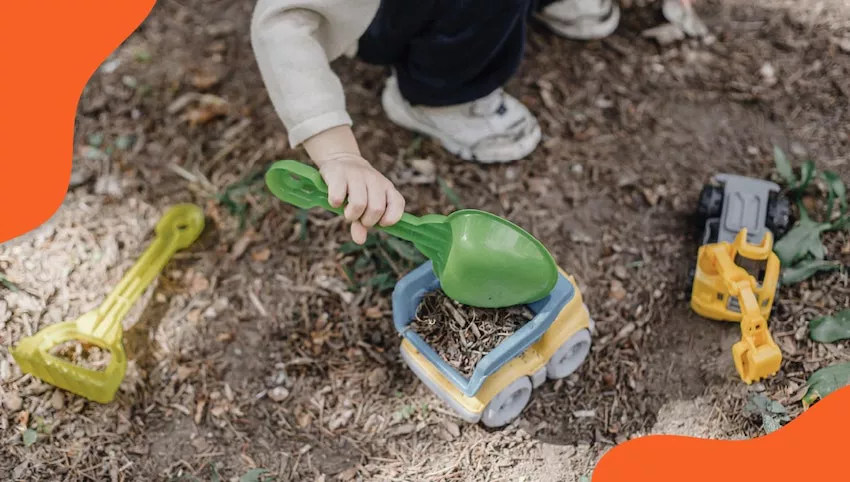
Gardening to understand life’s cycles
Gardening is a great follow-up to composting and kids simply love it. Hands-on experiences and sensory exploration!
Teaching children to garden at an early age teaches them about the life cycle of living things. Kids witness the miraculous transformation from seed to sprout, from sprout to mature plant, and ultimately to the harvest of fruits, vegetables, or flowers. It also gives them a solid idea of the environment needed to sustain life and teaches them responsibility for something that is alive.
Children thrive in a gardening environment. The benefits are far-reaching, and many preschools now include it as part of their curriculum, and with good reason. Instilling a love of growing at an early age instills a healthy respect for nature and the environment. Sustainability follows naturally.
An open-ended educational activity
Another benefit of gardening is that it is an open-ended activity. There are no real rules or end times, and children can make mistakes and learn in a calm and relaxed environment. Studies show that when this happens, little brains absorb the blueprints for their lives.
5. Get involved in community projects
Many communities have projects that include beach cleanups, community cleanups, and other initiatives that promote and teach sustainability.
Getting your children involved in the community at an early age teaches them to respect their surroundings, not just their home. Volunteering and giving back will become ingrained habits in your children.
Other community projects can include upcycling projects or yard sales that keep items out of the trash. If there aren’t any initiatives in your area, why not start one? We love the idea of upcycling old materials into toys, games, or furniture. The best part is that they are made with mom and dad!
Sustainability for kids: the takeaway
Many of us find the idea of sustainability daunting, but if we really look at our daily lives, there are steps we can take toward sustainability that come naturally. Gardening, upcycling, and hiking all teach children about sustainability. All we have to do is be a little more intentional with our conversations while doing these activities. Little by little, we will all become eco-warriors.

